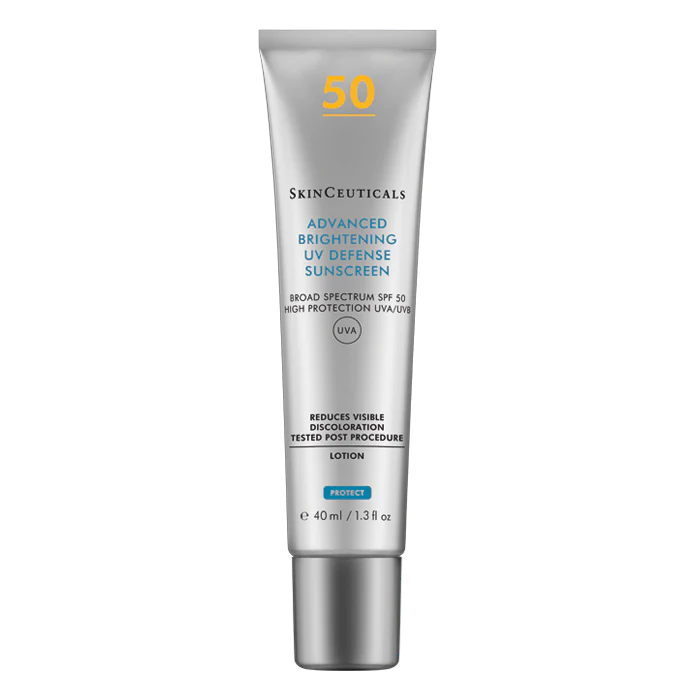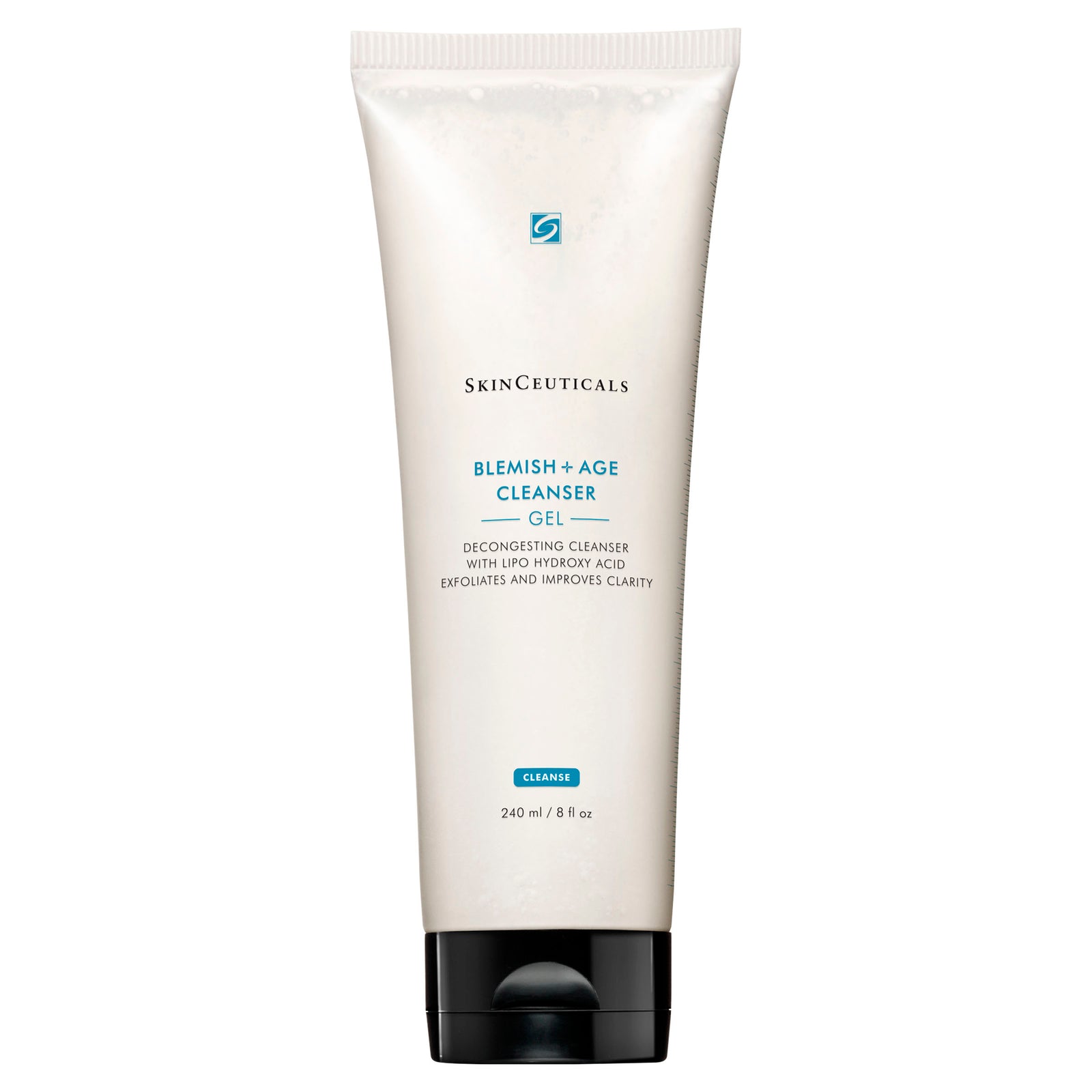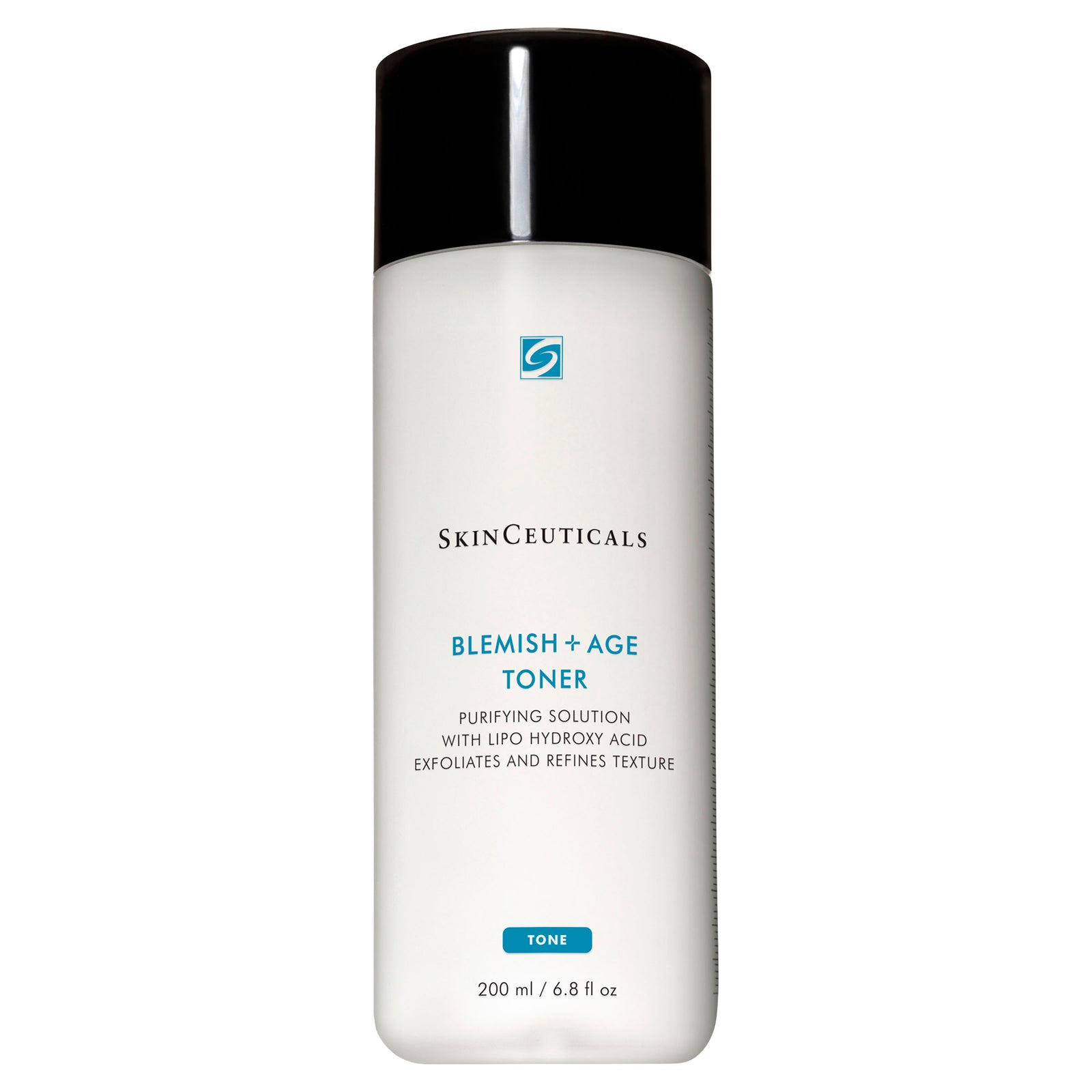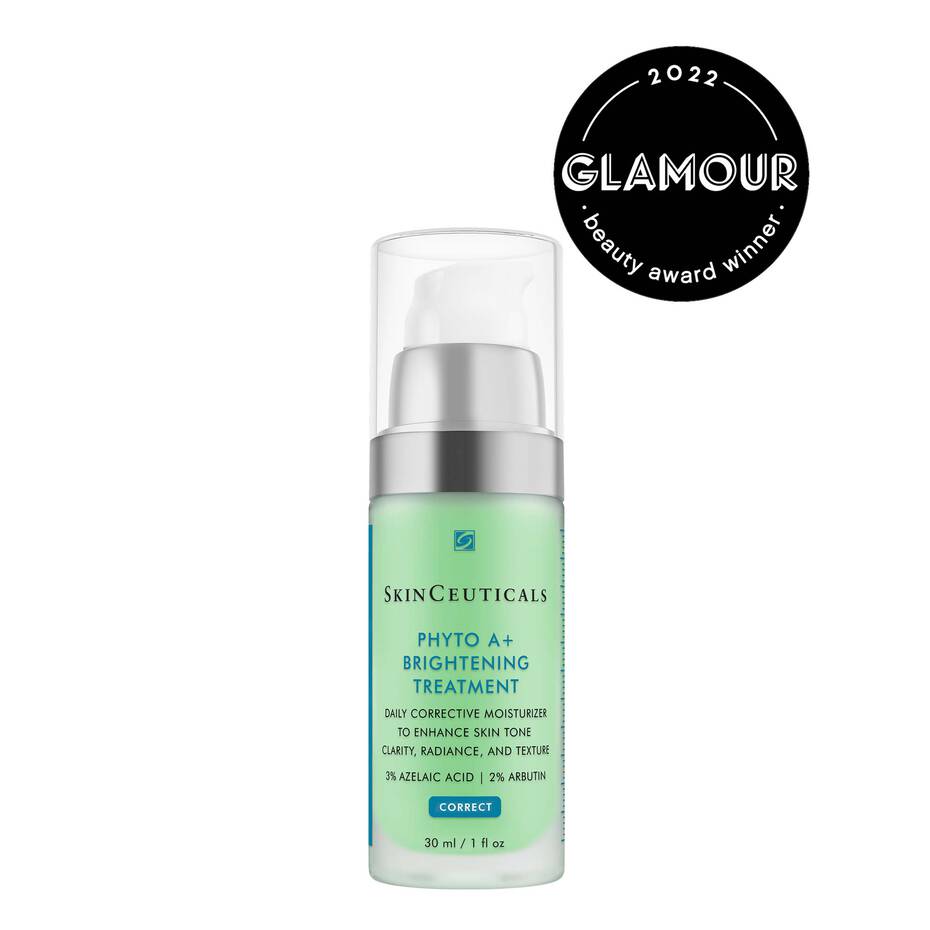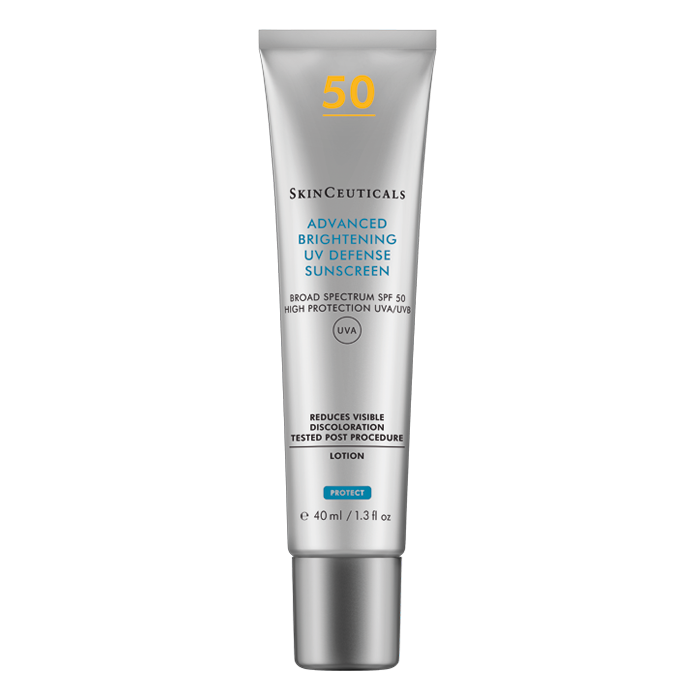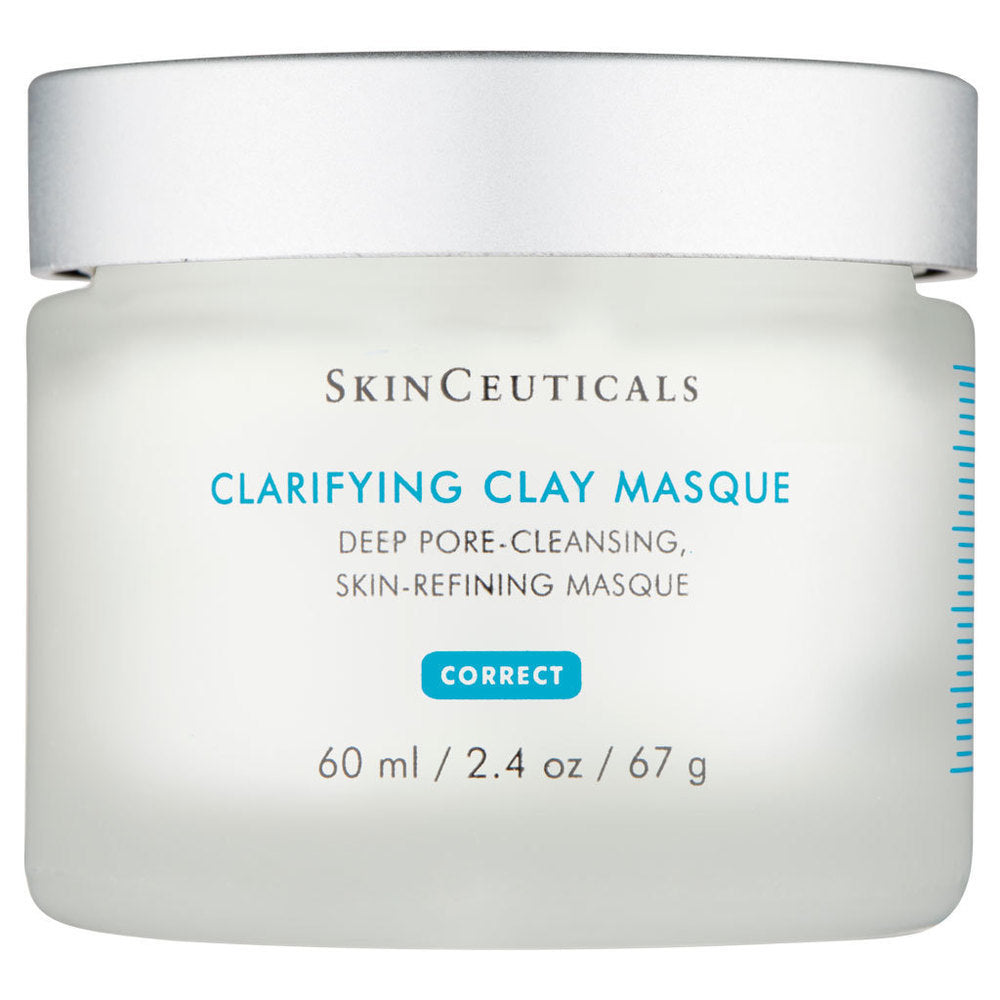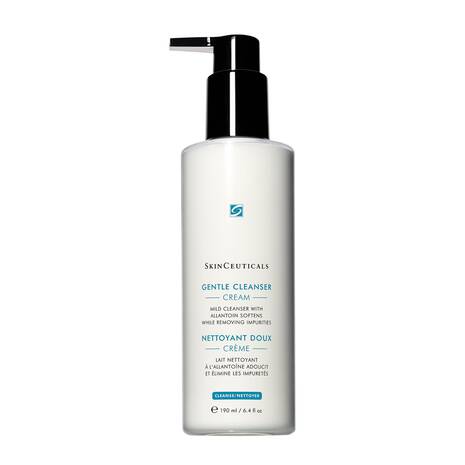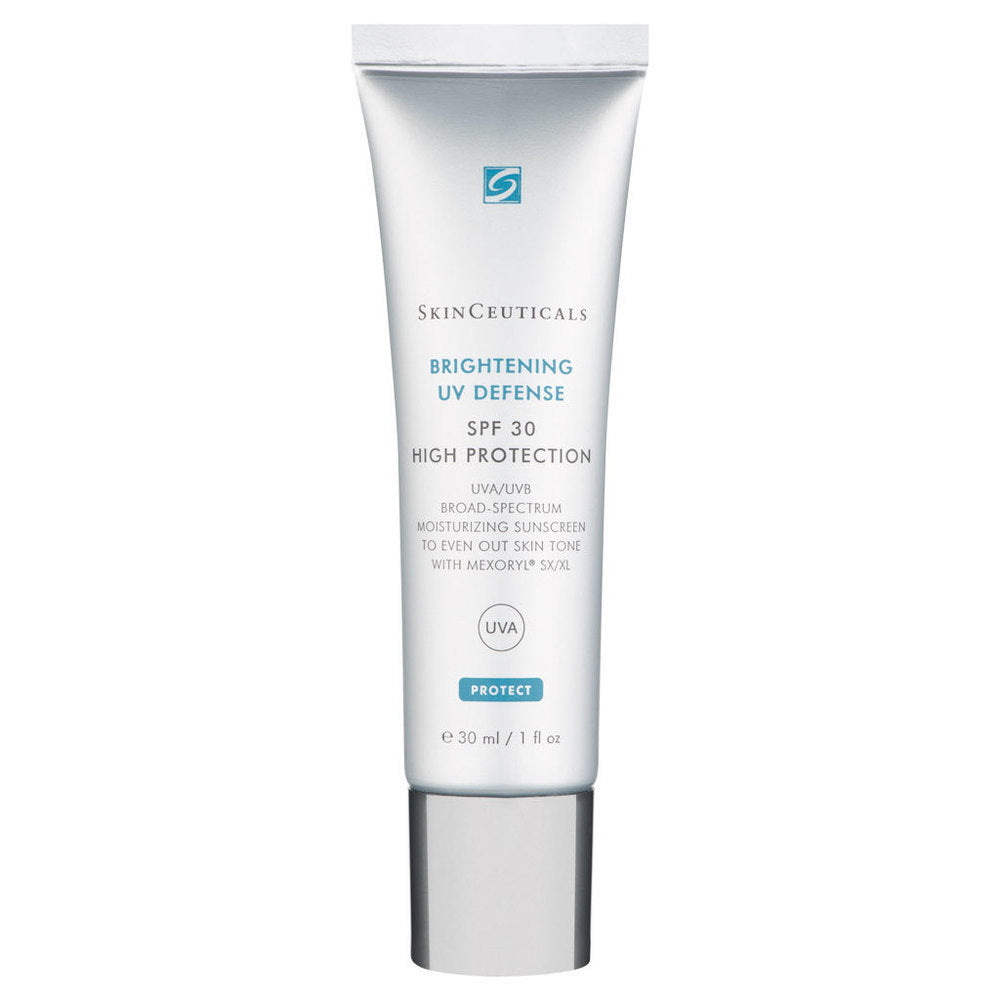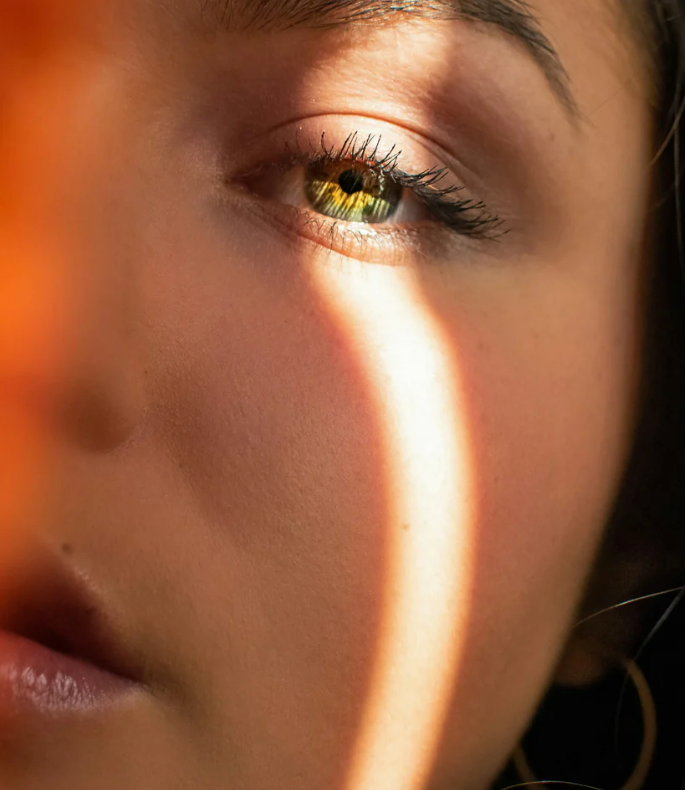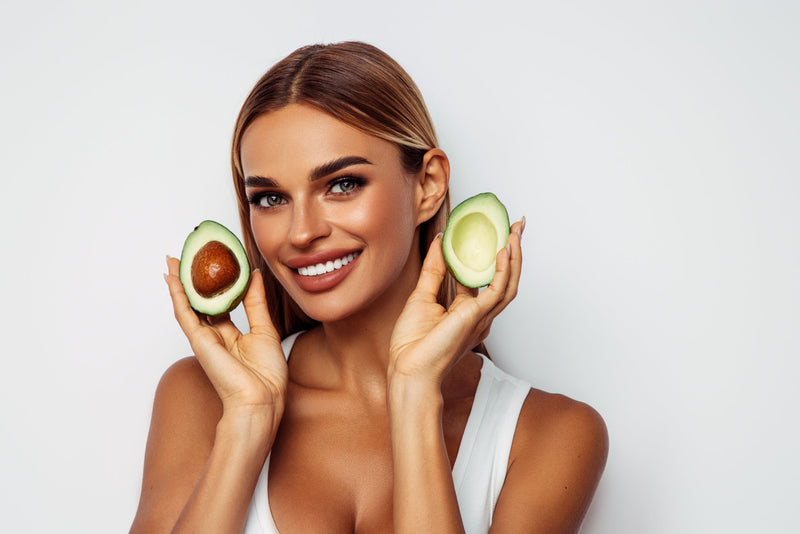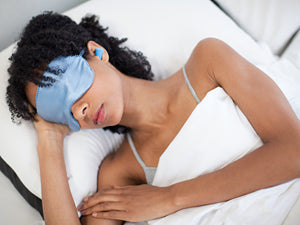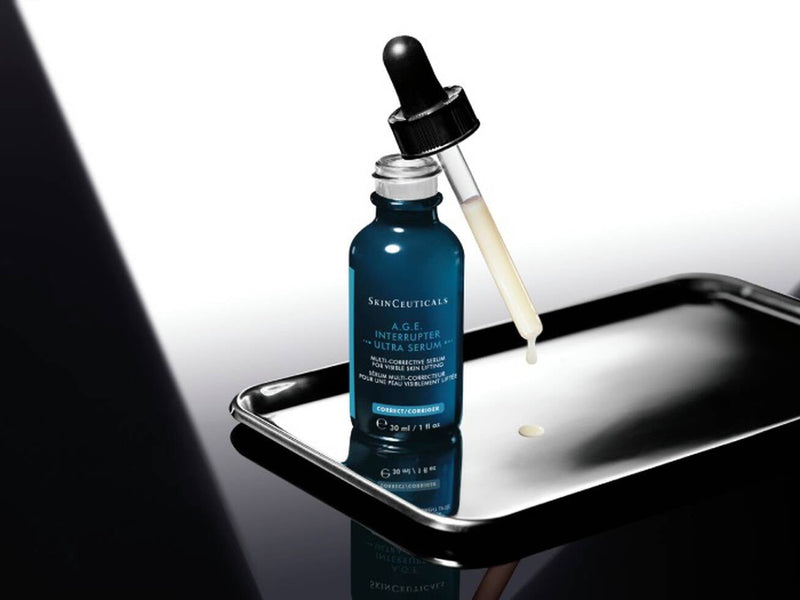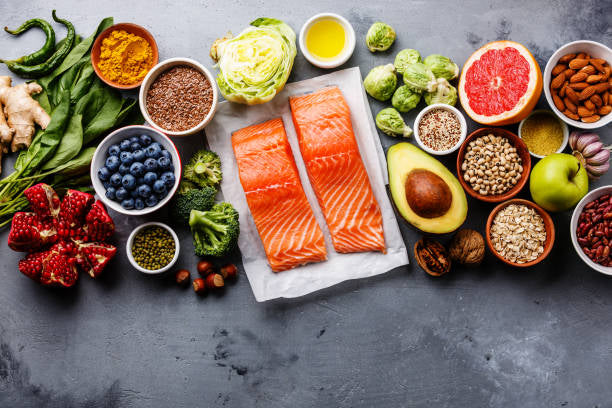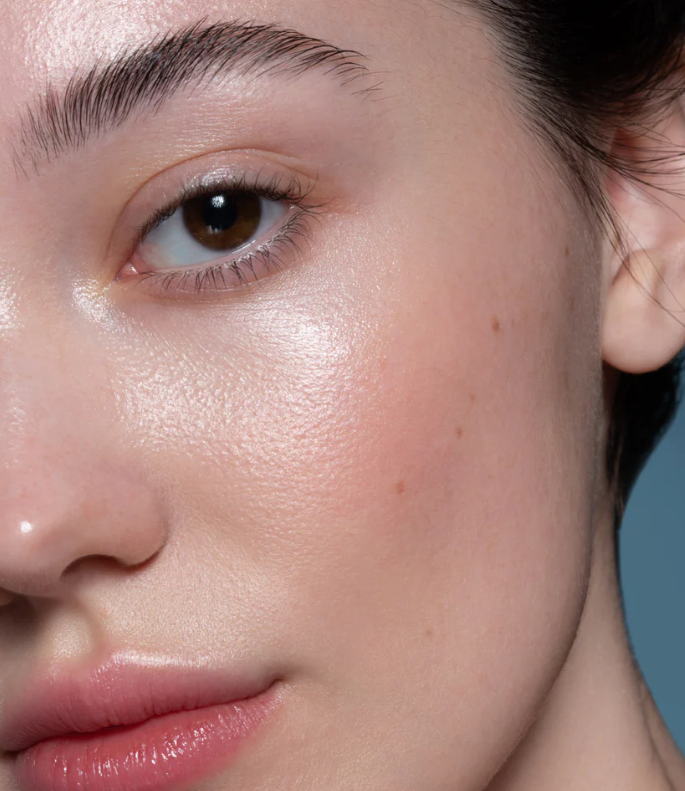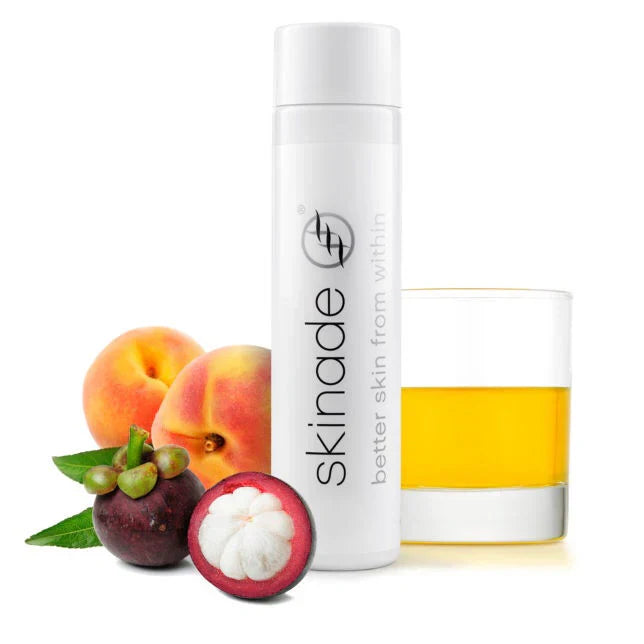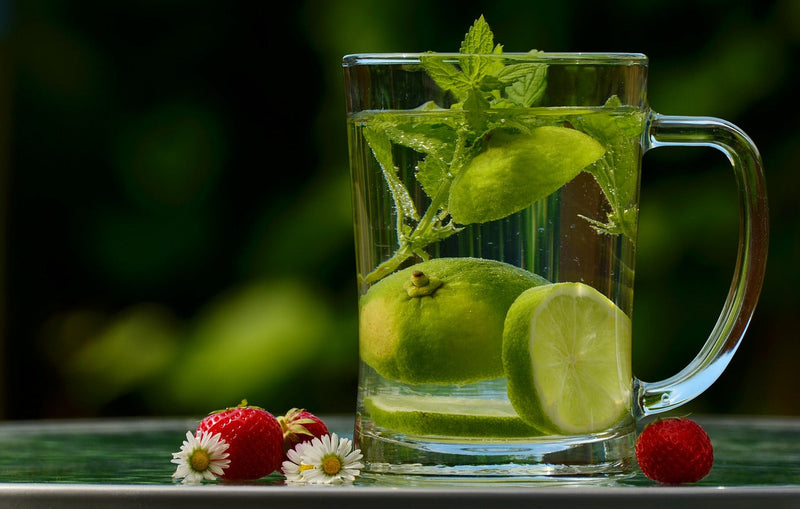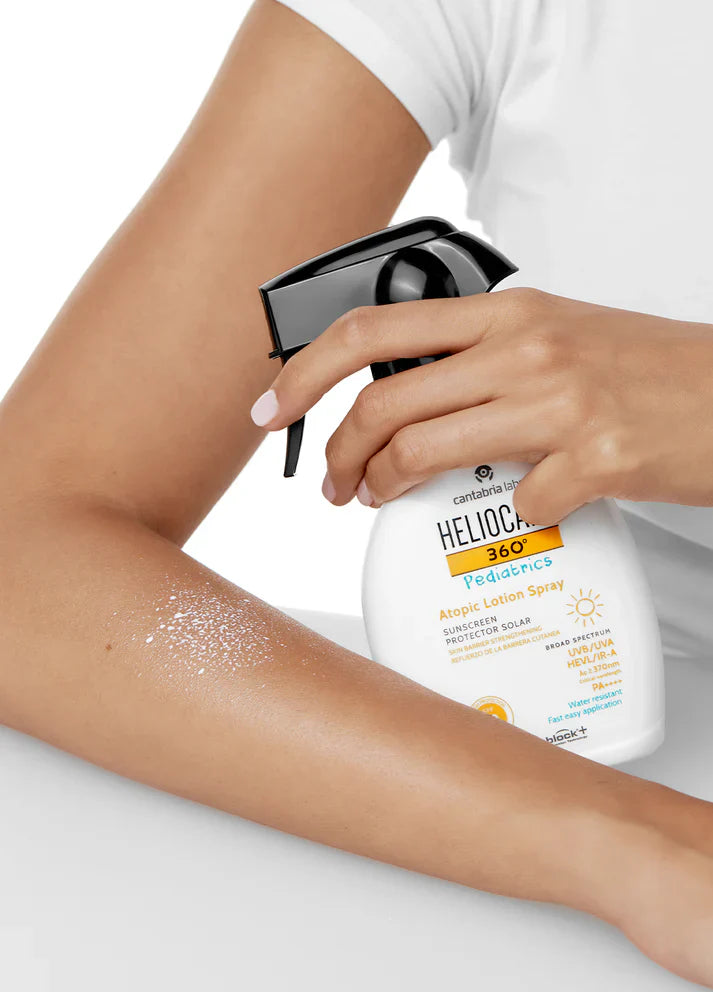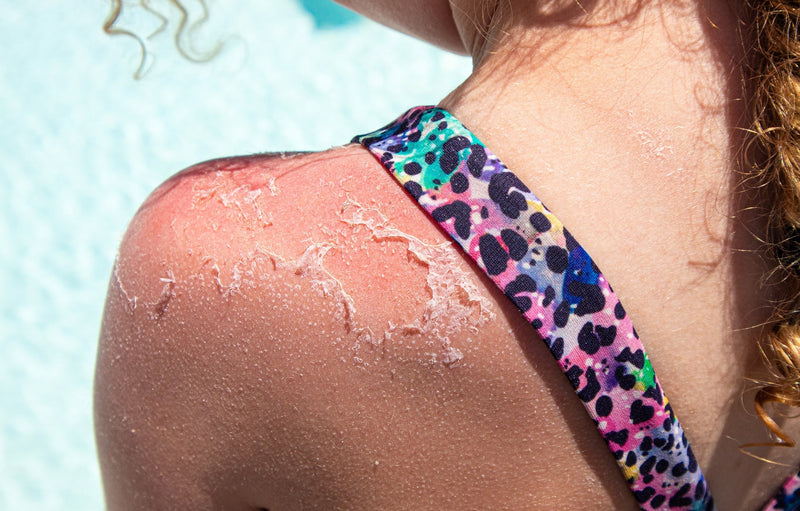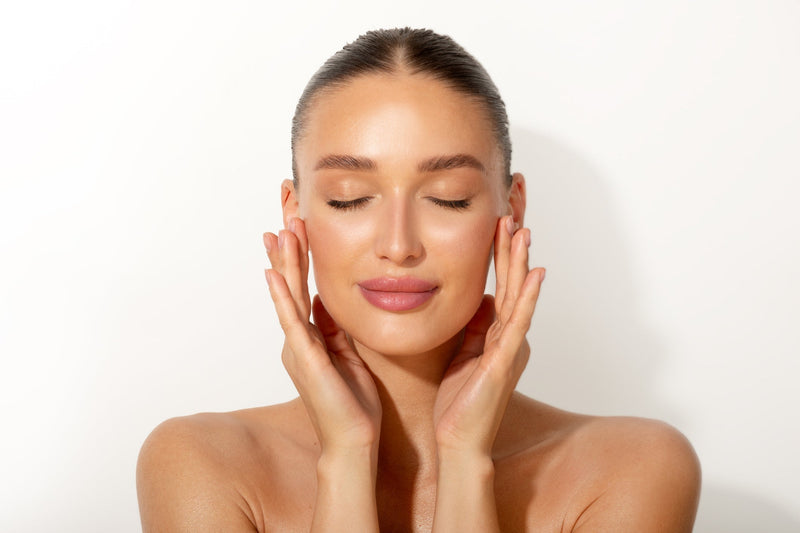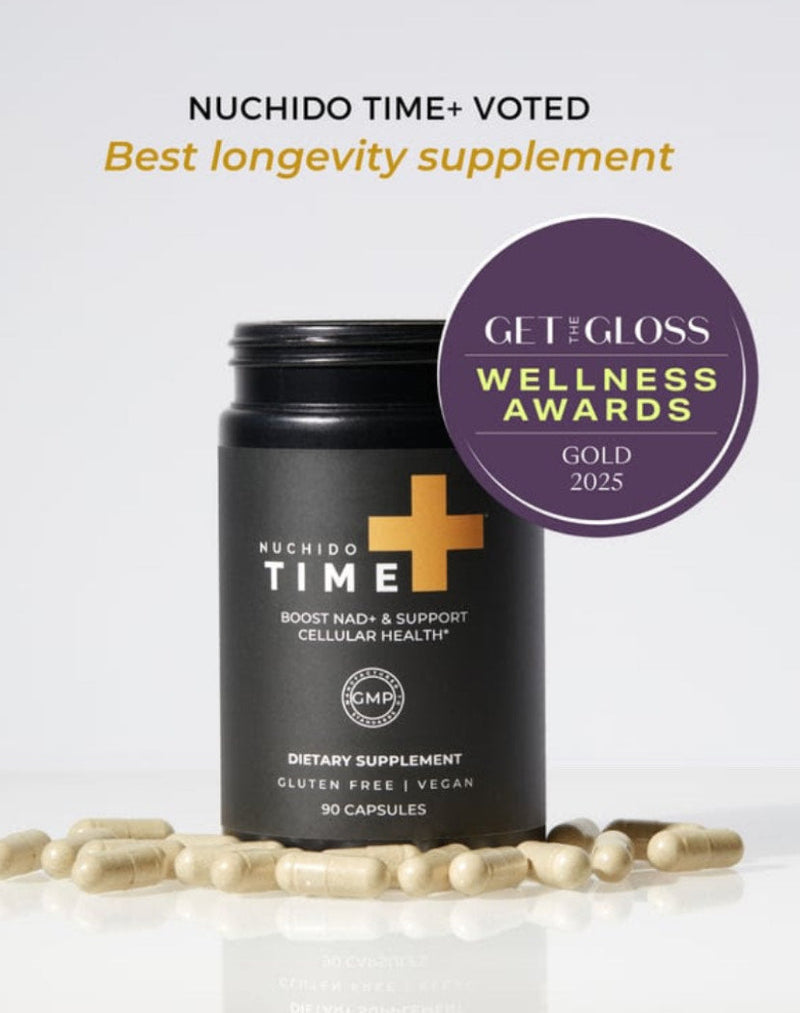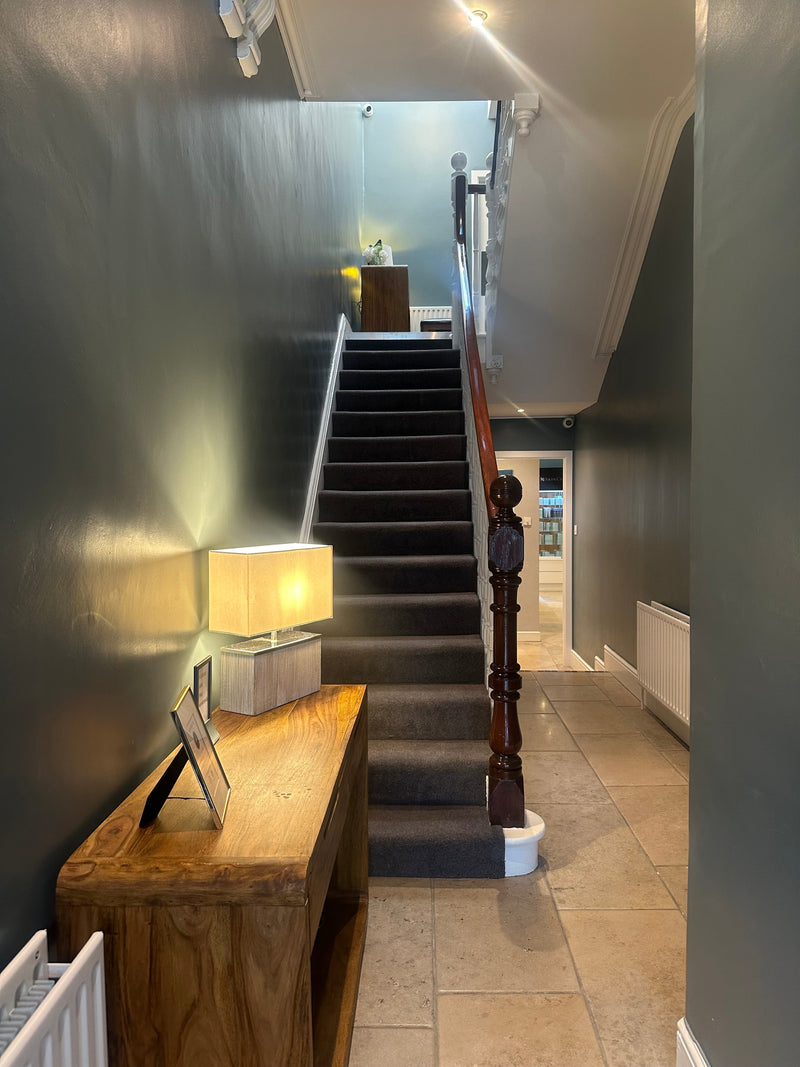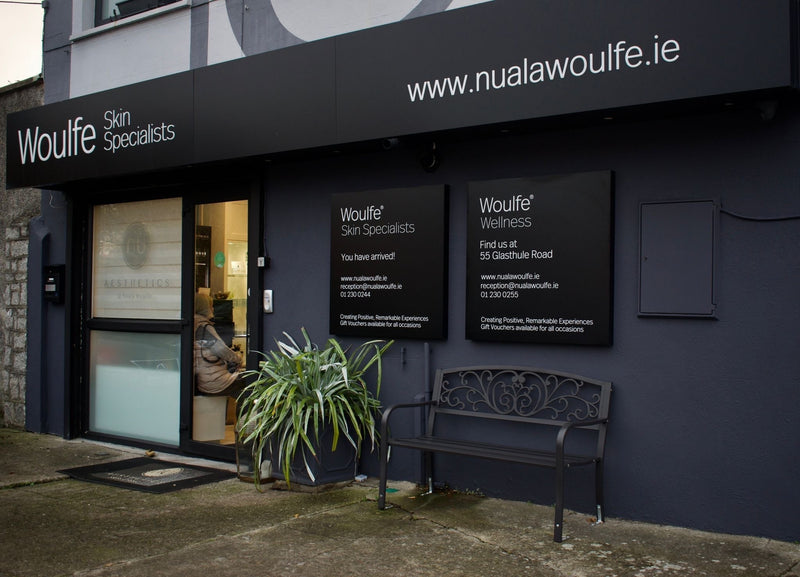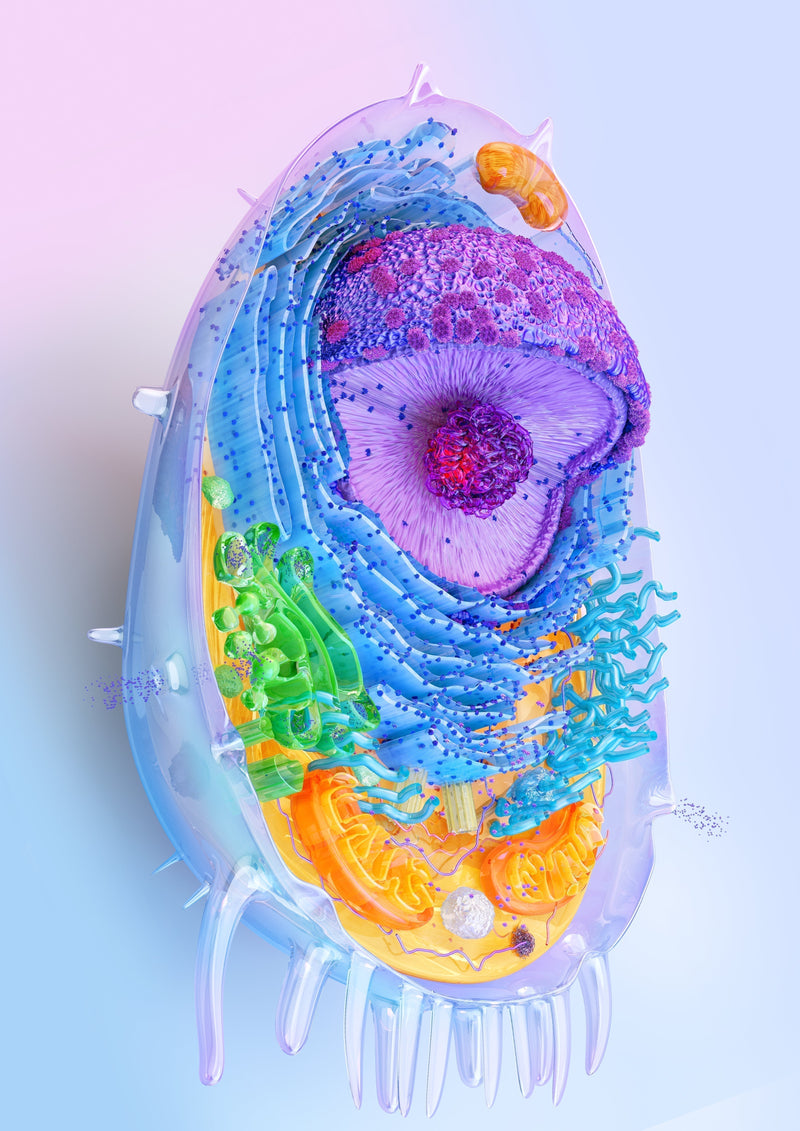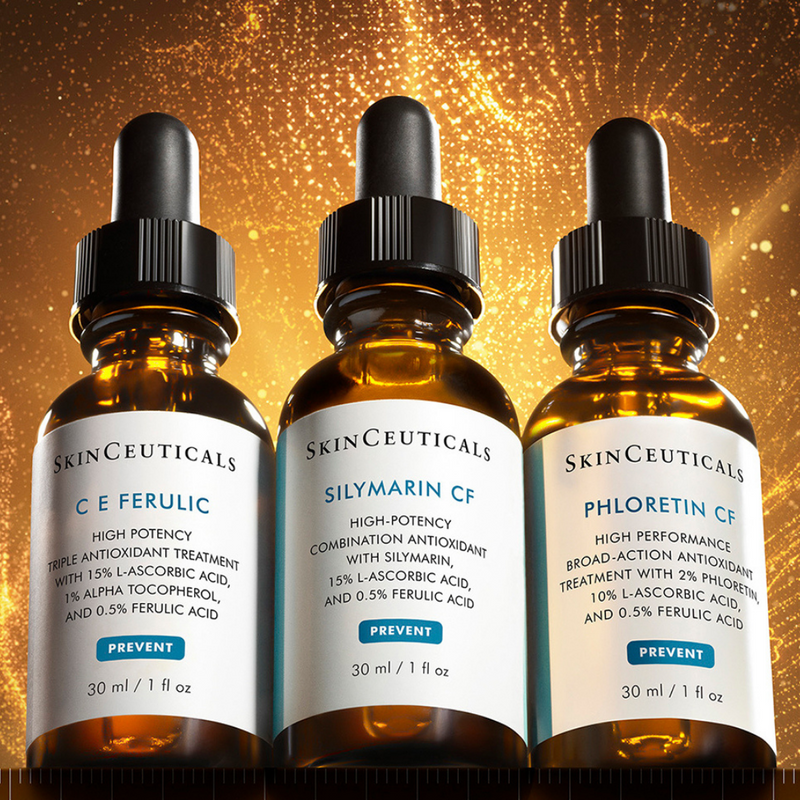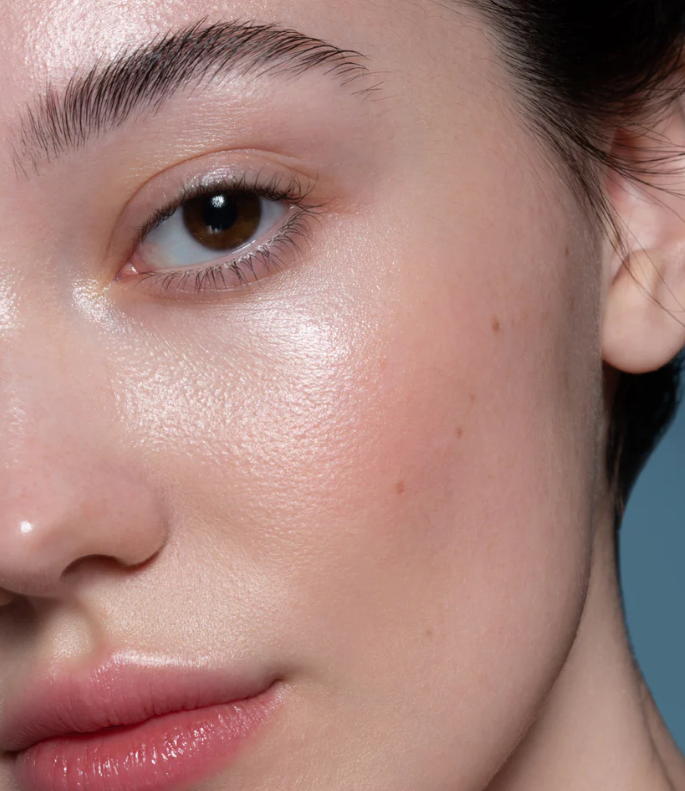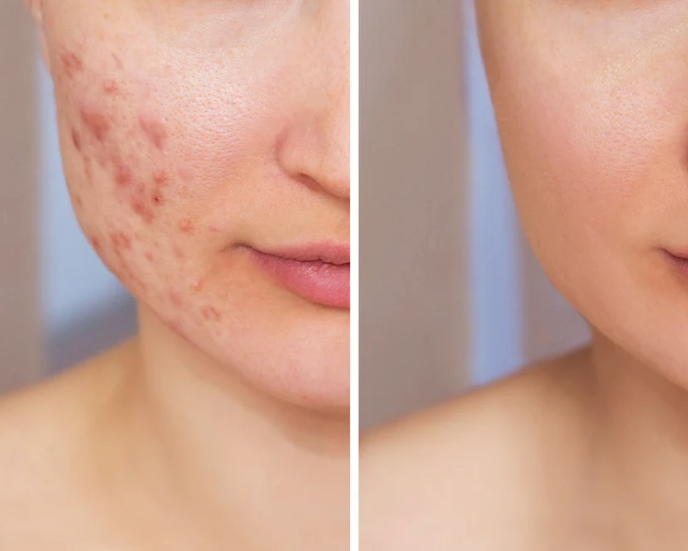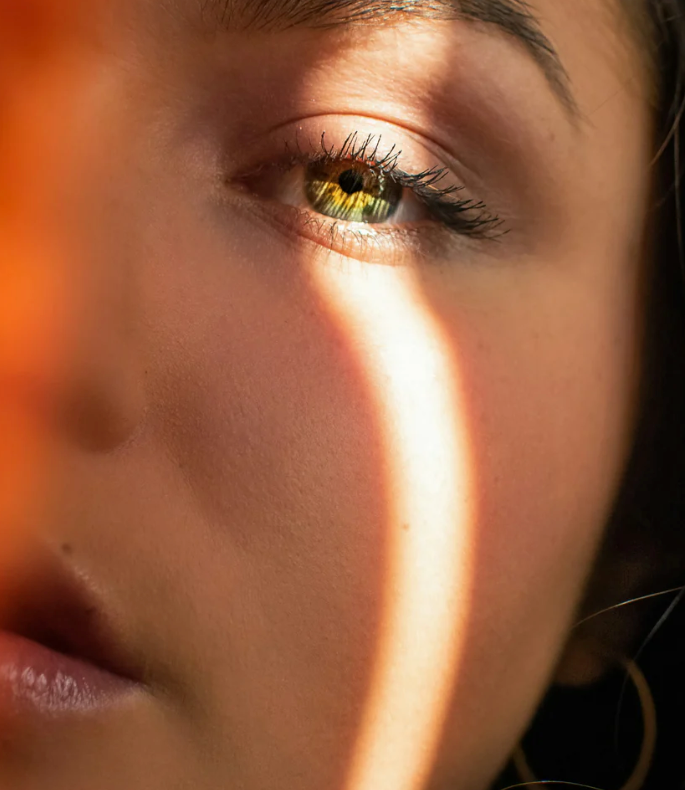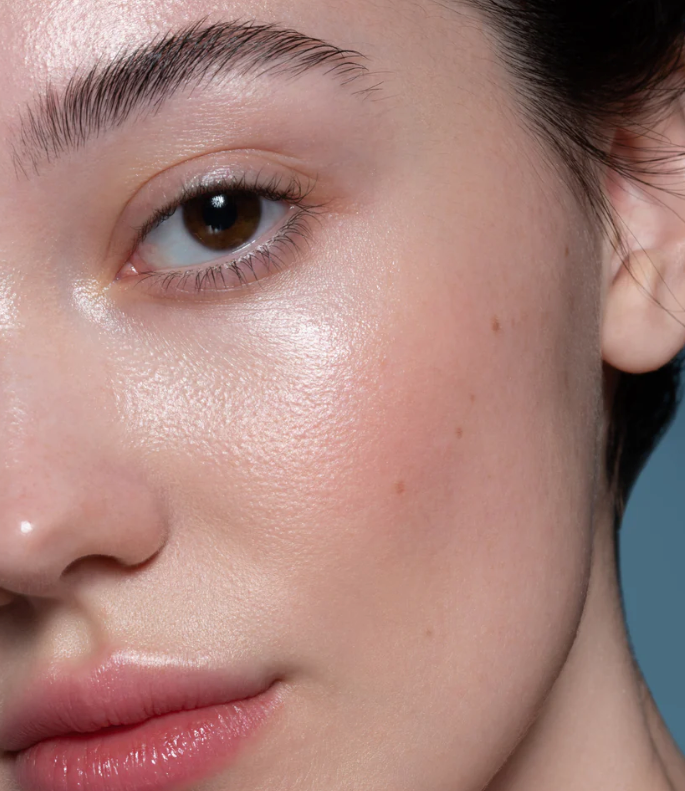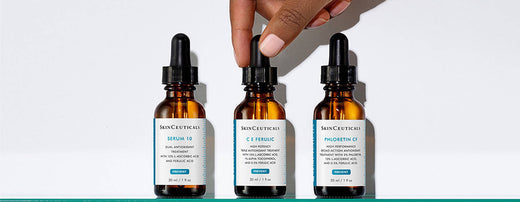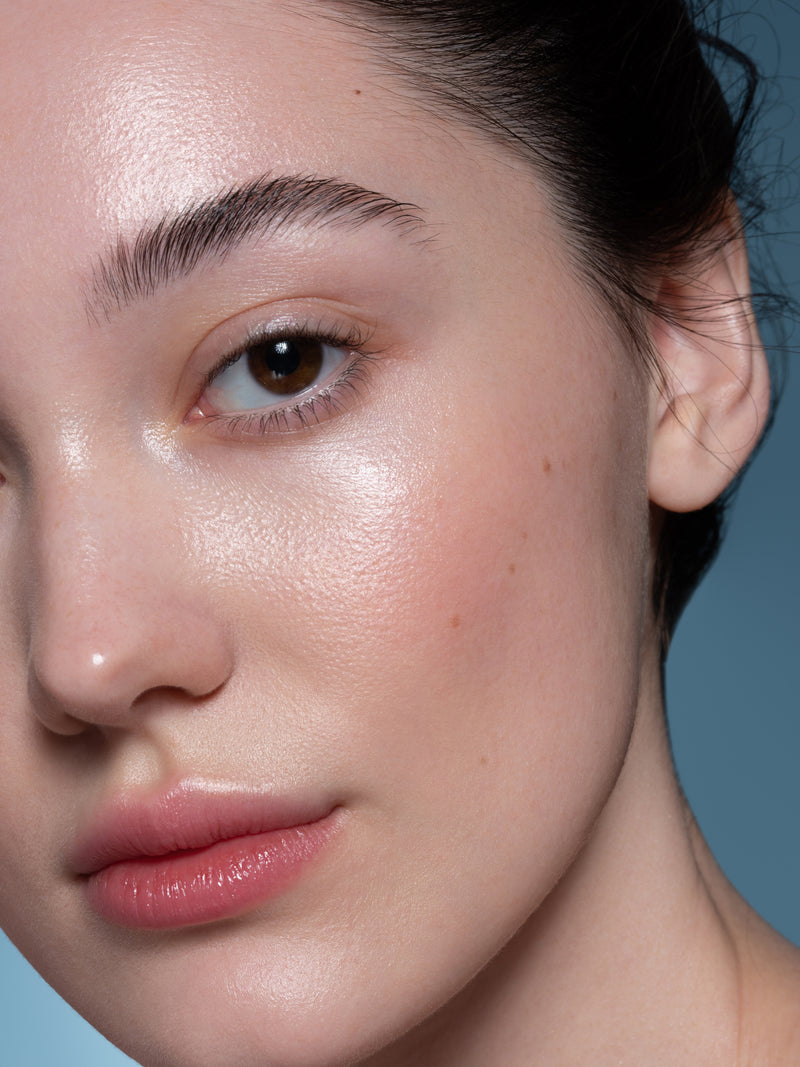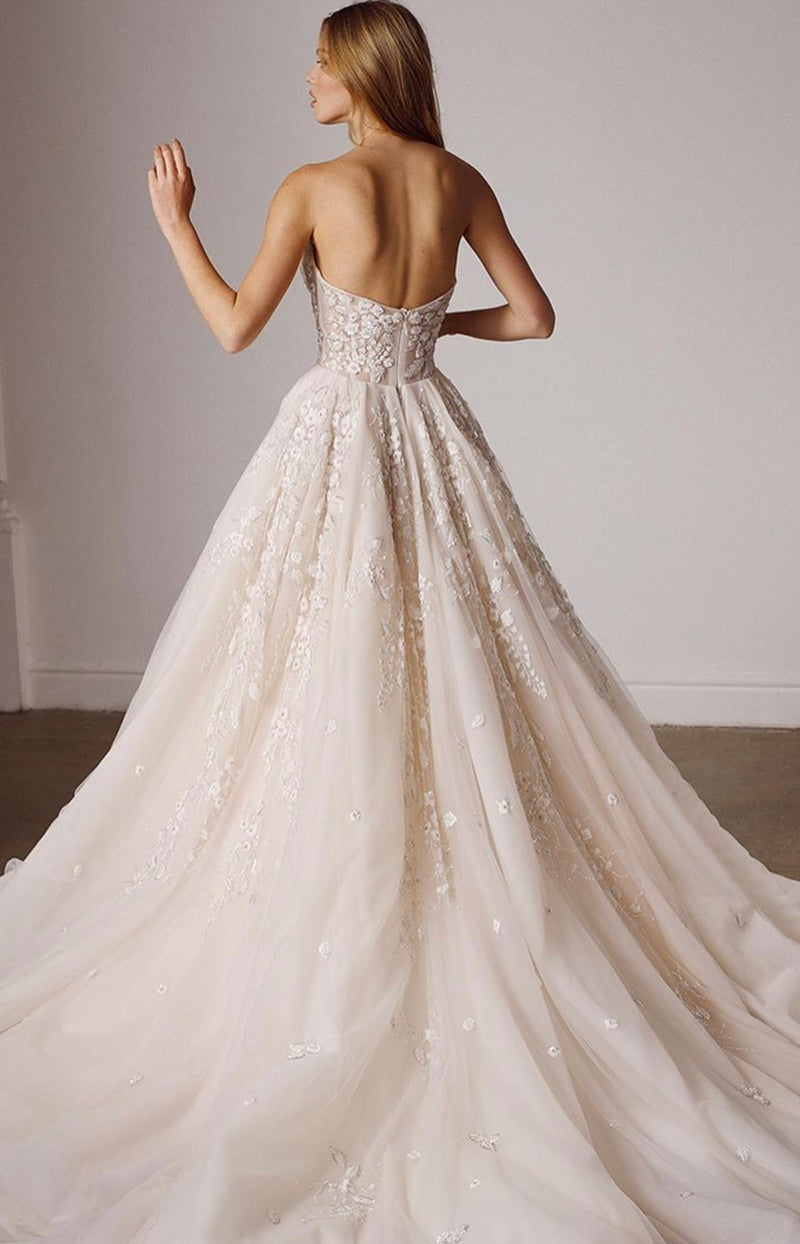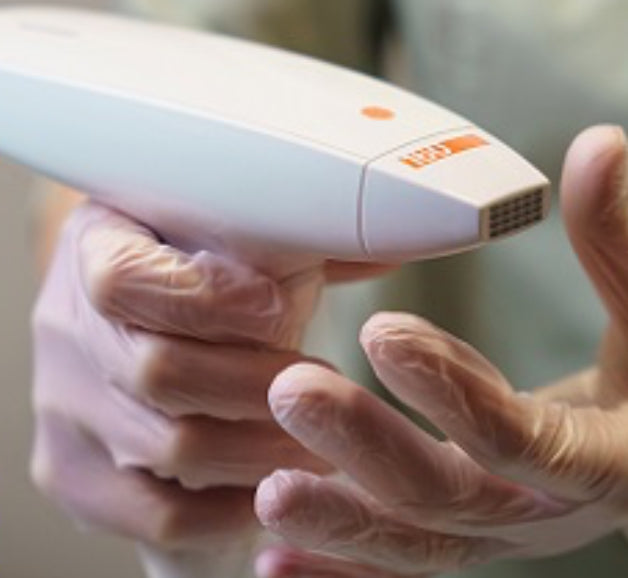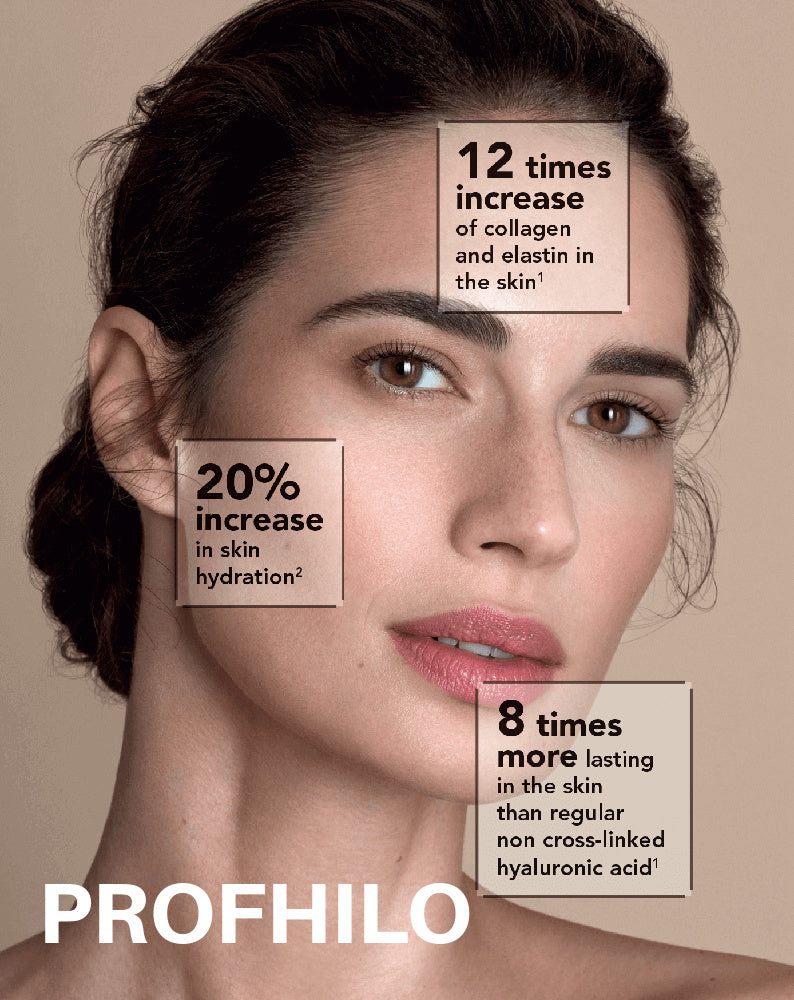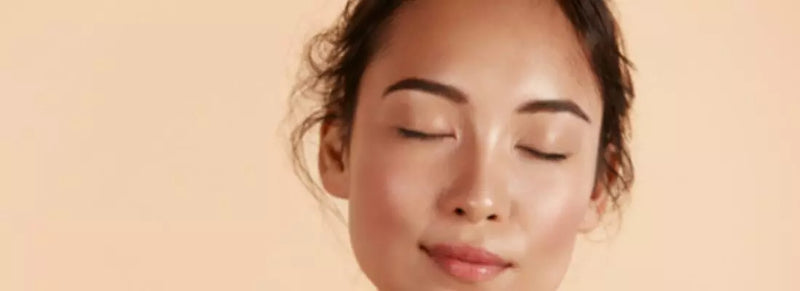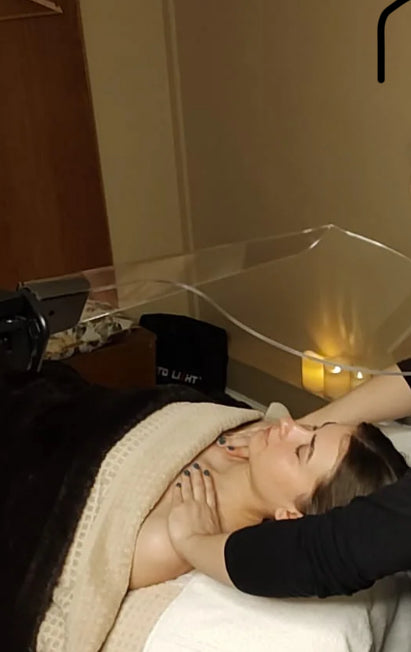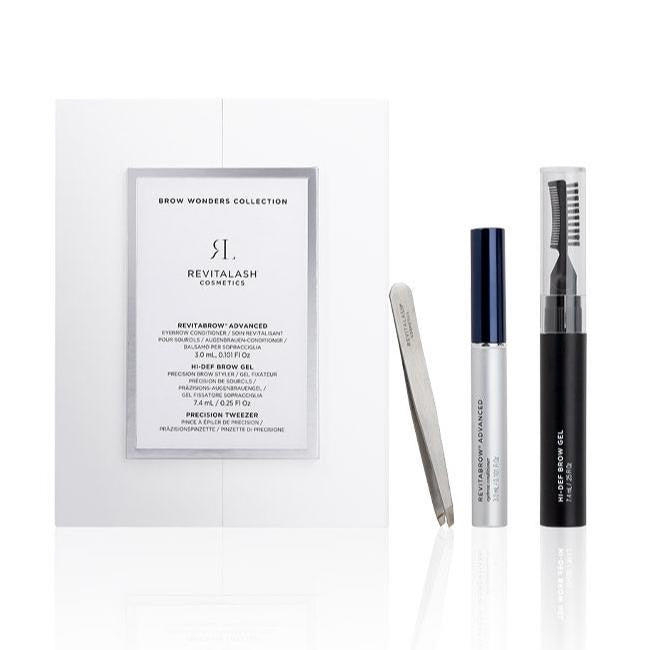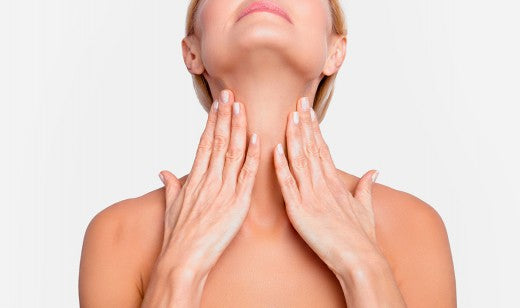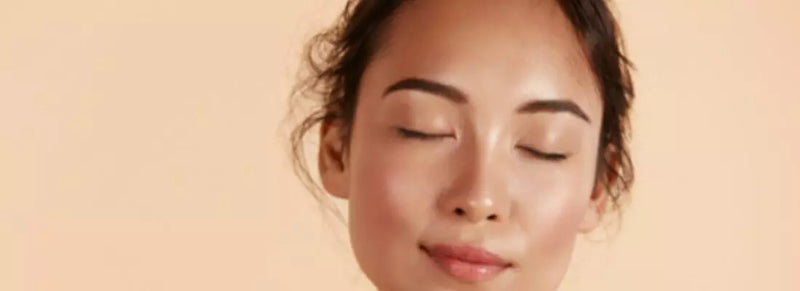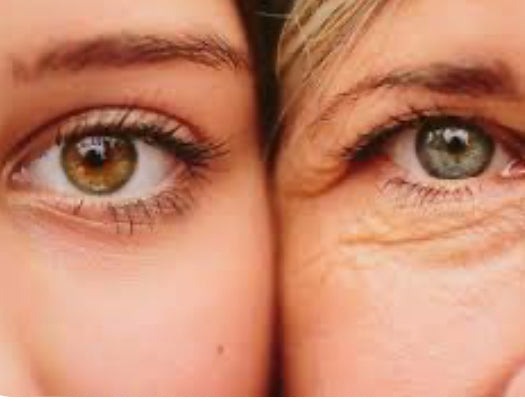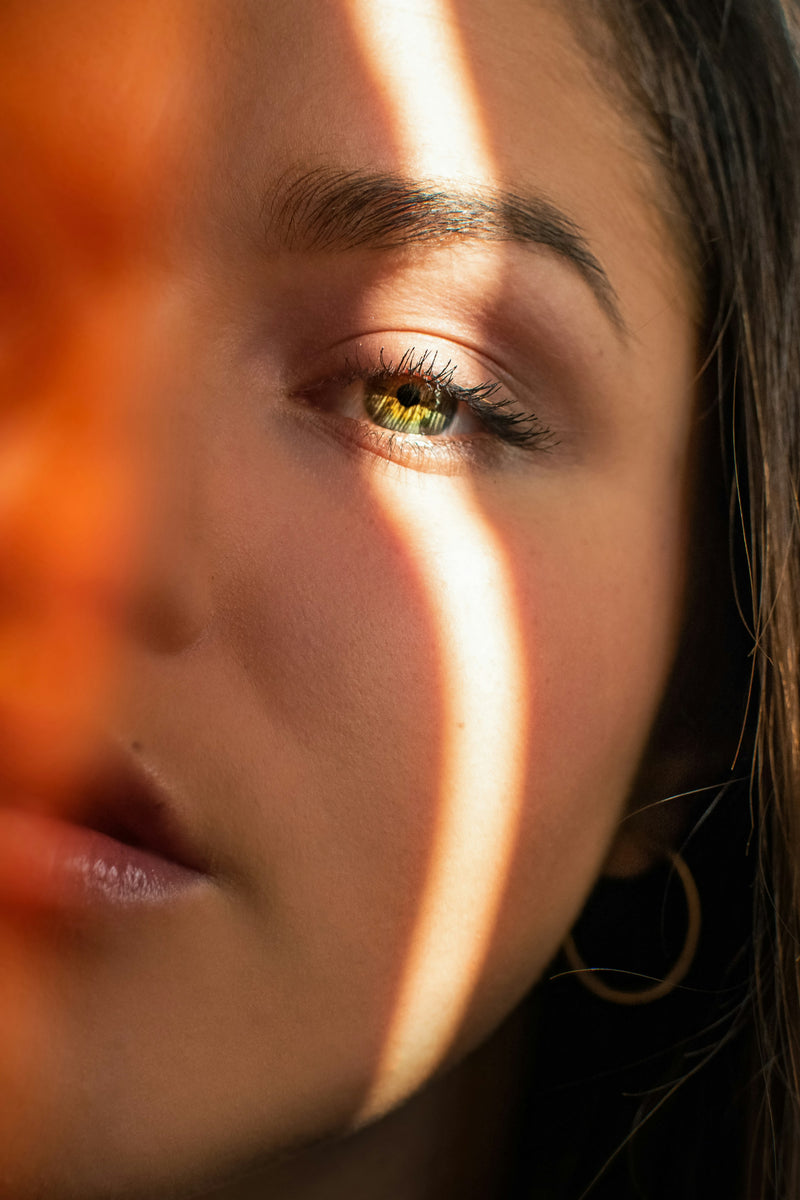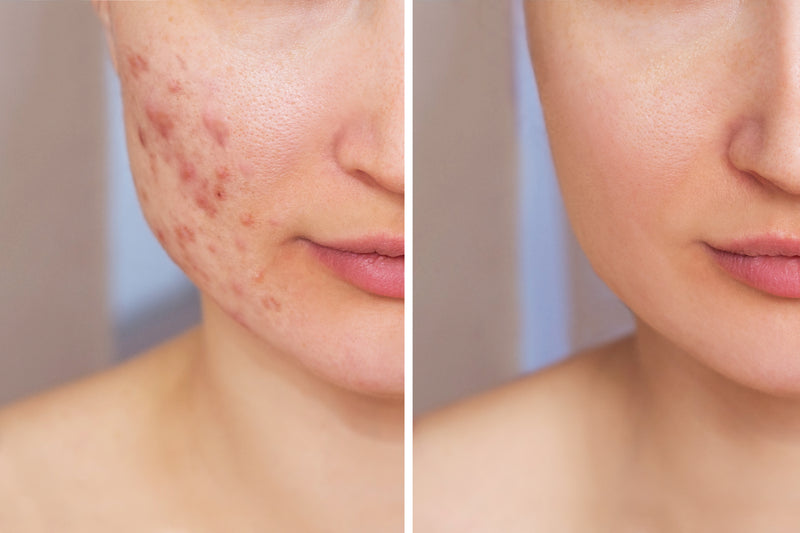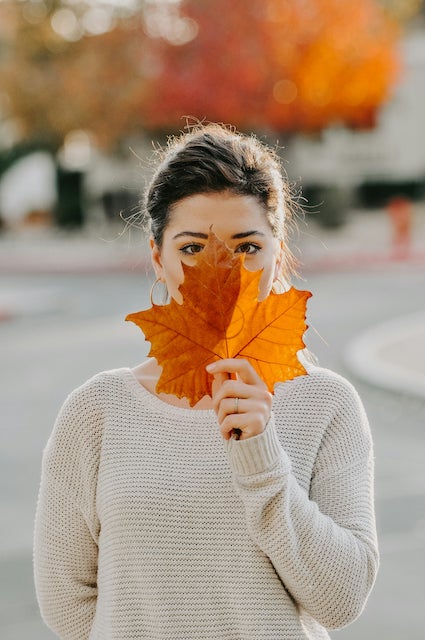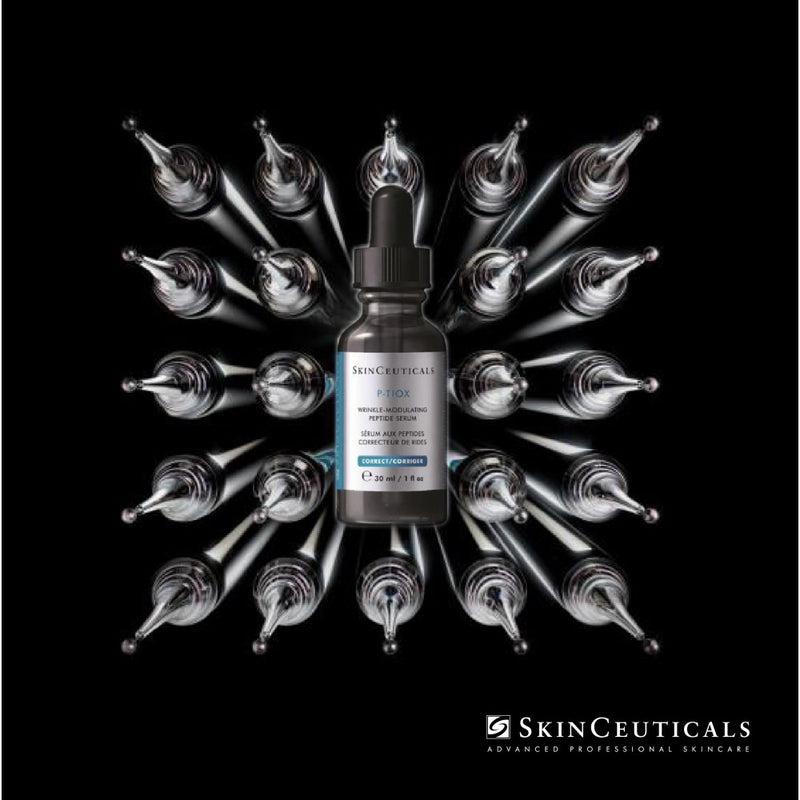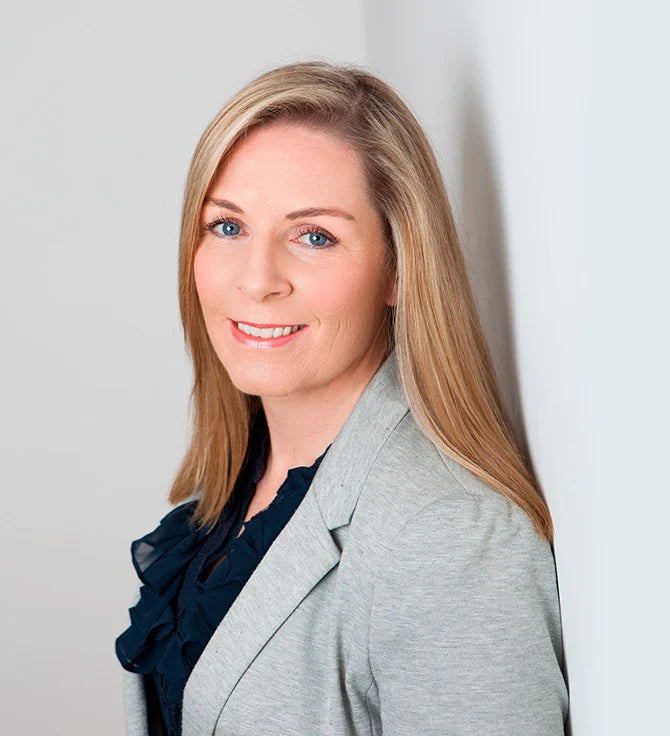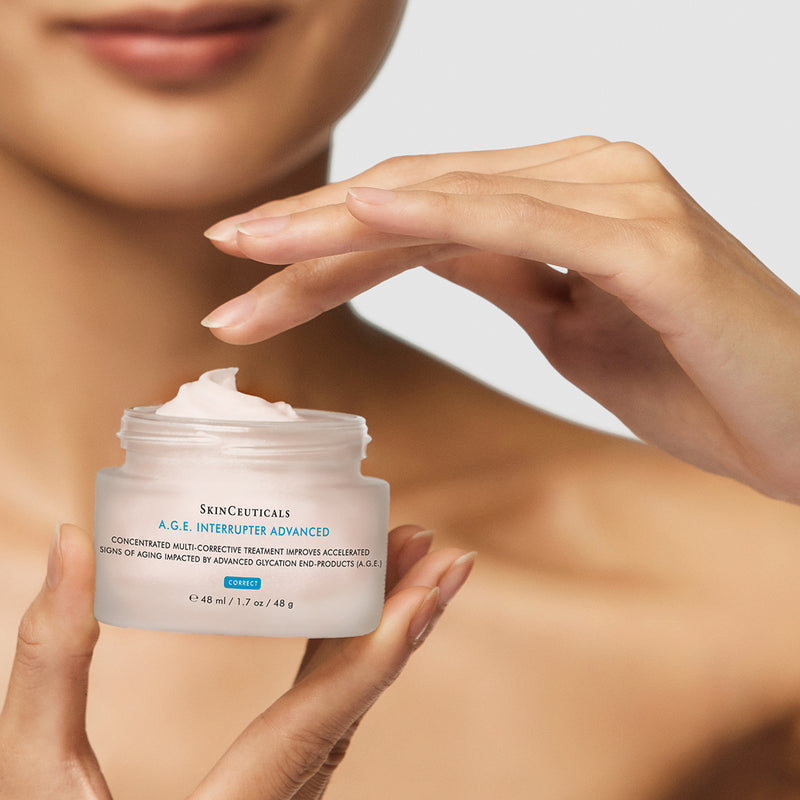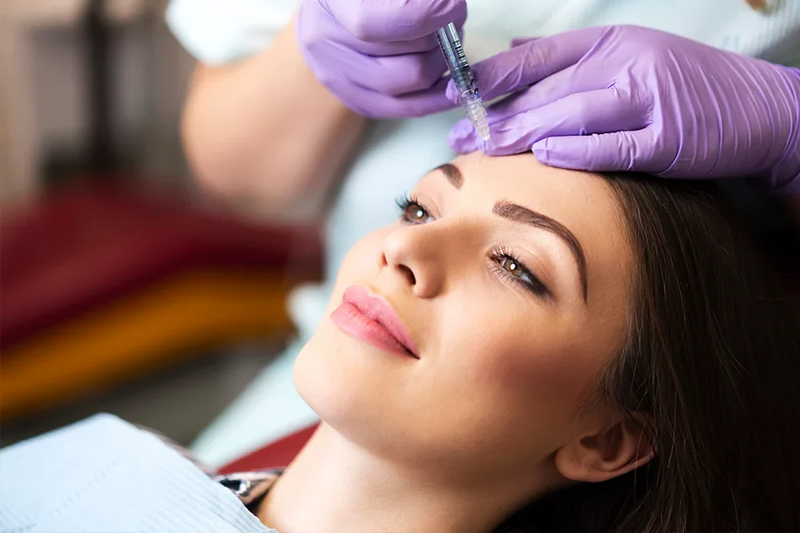Acne is one of the worst and most common skin problems in the world.
Although acne is generally associated with teenagers and puberty, the fact is that you can get spots at any age. What can you do about them?
Excessive sebum production
Spots are the result of several factors within skin. Over-proliferation of a specific bacteria, Propionibacterium, (also known as Cutibacterium) within the pore’s triggers inflammation. The bacteria “feeds” on sebum, causing further inflammation and backing up the pore lining. The accumulation of dead skin cells on the skin’s surface and inside the pore prevents the sebum from being secreted freely from the skin, causing clogged pores, while the inflammation leads to acne spots.
Forms of acne
Acne can occur on various body parts, including the face, neck, chest, back, shoulders and arms. Although most people associate acne with typical teenagers’ spots, it comes in various forms:
Comedones. With this type of acne, you mainly see comedones. Comedones are the non-infected version (or the initial stages) of spots. Closed comedones on the skin’s surface are small, white spots under the skin, also called whiteheads. If they are open, oxygen oxidises the blockage in the pore opening, resulting in black colouration: this is then called a blackhead. In other words, the dark spot is not dirt under the skin’s surface.
Papule. These are red spots (without a white head of pus) that indicate inflammation.
Pimples. Larger than papules; red, sensitive spots with a white head of pus. These indicate a more advanced, deeper infection.
Nodules. One of the most painful forms of acne; large, solid papules under the skin. They arise when there is too much pressure on the wall of the pore and the infection breaks through into the second layer of skin around the pore.
Cysts. Painful, pus-filled cavities that form under the skin’s surface and entail a greater risk of scarring than other types of acne due to their depth. Read more about cystic acne.
Step-by-step treatment of an acne-prone skin:
STEP 1: Use a mild cleanser. It is essential to wash your face twice a day with a mild, water-soluble cleanser to prevent redness, help the skin heal and reduce sebum production. Always avoid using bars of soap or aggressive cleansers as they dry out the skin too much. The ingredients in a bar of soap or an aggressive cleanser can also block the pores. Avoid coarse scrubs as well since the resulting irritation can make the problem worse. You cannot scrub away spots and blackheads! View SkinCeuticals Blemish and Age Wash
STEP 2: Use an exfoliant with salicylic acid (BHA) to remove dead skin cells and stimulate healthy cell rejuvenation, both on the surface of the skin and in the pores. BHA also helps with redness and inflammation and tackles the bacteria that cause spots. View SkinCeuticals Blemish and Age Solution
STEP 3: Fight the bacteria (P. acnes) that cause spots with benzoyl peroxide. Solutions are available in the concentrations of 2.5 to 10 percent and you can buy them over the counter at the pharmacy or chemist. It is best to start with a lower concentration. A product containing 2.5 percent benzoyl peroxide irritates the skin less than a solution with 5 or 10% and may be just as effective. If your skin doesn’t tolerate benzoyl peroxide, then a Treatment with azelaic acid + BHA is a perfect alternative. Azelaic acid: This is a naturally occurring acid that is present in grains like rye, barley, and wheat. Acne, rosacea, and hyperpigmentation can all be effectively treated thanks to their antibacterial and anti-inflammatory characteristics. Additionally, azelaic acid aids in pore-clearing and skin exfoliation for a smoother, more radiant complexion.
BHA (beta hydroxy acid): A specific kind of exfoliating acid, it penetrates the skin's pores and dissolves the "glue" holding dead skin cells together. BHA can aid in pore-clearing and irritation reduction, which makes it particularly helpful for treating acne and blackheads.
Azelaic acid and BHA can support clear, beautiful skin when used in combination. BHA aids in pore cleaning and irritation reduction, while azelaic acid helps exfoliate and brighten the skin. These two substances working together can be very beneficial for treating acne-prone or clogged skin.
Skinceuticals' Phyto A+ Brightening Treatment contains three percent azelaic acid (which helps unclog pores) plus a soothing botanical blend of cucumber, thyme, and olive leaf extracts." Plus, she says, "its lightweight, oil-free, silicone-free, [and] non-comedogenic formula is suitable for acne-prone and sensitive skin. View SkinCeuitcals Phyto A+ Brightening Treatment
STEP 4: Protect your skin from sun damage. The skin cannot heal spots if it is also fighting sun damage. A good sunscreen with a SPF of at least 30 will help spots to heal more quickly and protect the skin from further damage. Oil free or Mineral SPF are both suited – View Oil free here, or view Mineral SPF here.
STEP 5: Absorb excessive sebum by using a sebum-absorbing clay face mask regularly. Do not use products that are too emollient as they can block the pores even more. Try Clarifying Clay Mask by SkinCeuticals, and or Mask peel by Dermaceutic. Probiotic mask by Eminence Organics would work too.
It is essential that your skincare products do not contain irritating substances such as camphor or alcohol. They are very common in sebum-absorbing products for spots. They only make the problem worse or cause a dry, flaky, and red skin.
If you do not see a significant improvement after consistently following these steps for at least four weeks, you might decide to talk to your doctor about a medical treatment for spots. The options are topical products containing retinol (vitamin A) or an antibiotic with benzoyl peroxide.
It's a mystery why there is so little focus on some ingredients in skincare when research has proven that they are worth the attention. Azelaic acid is such an ingredient. Studies have proven that azelaic acid can make a big difference when it comes to preventing and reducing breakouts. It helps to visibly fade red marks and discolouration’s after breakouts and helps to achieve a smoother, more even complexion. Azelaic acid is suitable for all skin types and can help to reduce skin sensitivity. In short, azelaic acid is an ingredient you should want to know more about!
What is azelaic acid?
Chemically, azelaic acid is a dicarboxylic acid. Azelaic acid is obtained from grains such as barley, wheat, and rye.
What does azelaic acid do for skin?
On the skin it has the same effect as a mild, leave-on exfoliant. It helps to unclog pores and refine the skin's surface. Azelaic acid is also a potent antioxidant and reduces the factors in the skin that cause sensitivity and bumps.
Most research has been carried out on products that are only available on prescription, with a concentration between 15% and 20%, but even in lower concentrations, azelaic acid can make a big difference.
Azelaic acid benefits
Products with a concentration of azelaic acid of 10% or less are not easy to find, because very few brands have discovered the great benefits of this ingredient. In addition, it's not the easiest ingredient to formulate. When a product with azelaic acid is not properly formulated, the texture can become grainy, which may cause skin problems.
If you are in doubt whether you need a cosmetic product with azelaic acid or a prescription product, know that products with 10% azelaic acid can make a big difference when it comes to visible improvements in skin structure and skin tone.
For some stubborn skin concerns, it is advisable to use a prescription product with a higher concentration of azelaic acid. You can consult a dermatologist or skin therapist to see which product is most suitable for you and how to include it in your skincare routine.
Once you have decided what kind of azelaic product is best for you, here are some of the benefits you can expect to see from this ingredient.
Azelaic acid can diminish the appearance of blemishes such as post-breakout marks and other discolouration’s.
It helps refine skin’s surface to reveal a more even skin tone.
This ingredient also has skin-soothing benefits and can even reduce sensitivity that leads to redness.
Azelaic acid skincare: the science behind it
Researchers have a theory about how azelaic acid works. It is suspected that azelaic acid interrupts the progression of emerging skin concerns in the upper layers. Without this inhibiting benefit, they can progress to skin concerns such as pigmentation spots, redness, scars, a dull complexion, and increased sensitivity. Azelaic acid 'tells' the cells in the upper skin layers how to behave, which results in a smoother and visibly healthier skin, regardless of your age, skin type or skin concerns.
When to use azelaic acid?
Azelaic acid is particularly beneficial for those with blemished skin and/or those with uneven tone and bumpy texture. It can also be used to calm sensitivity. If you are dealing with any of these concerns, it may be time to give a product with azelaic acid a try.
Who should stay away from azelaic acid?
Adverse reactions and side effects to azelaic acid are not common, but as with any skincare ingredient, if you experience signs of irritation, stop use or experiment with applying less often (once every other day, for example).
How does azelaic acid relate to alpha-hydroxy acid (AHA) and beta-hydroxy acid (BHA)?
These three ingredients have similarities, but also a few interesting differences. Although azelaic acid, if properly formulated, has an exfoliating effect (just like AHAs and BHA, the pH value is important), it does not exfoliate in the same way and not as effectively as glycolic acid and lactic acid (AHAs) or salicylic acid (BHAs).
In contrast, azelaic acid has an added value to AHAs and BHA when it comes to improving uneven skin tone and other skin concerns.
There is no reason not to use an AHA or BHA exfoliant in addition to a product with azelaic acid. In fact, it can be the perfect combination for tackling different skin concerns, ranging from bumps to uneven skin tone and minimising the signs of ageing.
Can I use vitamin C and azelaic acid together?
Yes, you can use vitamin C and azelaic acid products together – these ingredients complement one another. Using them together may speed up the results for evening skin tone and fading marks by targeting the issue via multiple pathways.
What should you not mix with azelaic acid?
Azelaic acid products can be used alongside all kinds of skincare products, and there isn’t research showing it’s a problem to use alongside other powerhouse ingredients. Of course, if you’re using a prescription version, consult with your healthcare professional on how to work it into your skincare routine. View Skinceuticals' Phyto A+ Brightening Treatment
Acne is caused by a combination of too much sebum and bacteria.
Spots are the result of overproduction of sebum by the sebaceous gland caused by hormones. The bacterium 'Propionibacterium acnes' thrives in sebum so an excess of it means that bacteria can multiply deep in the pores. This causes an accumulation of dead skin cells on the skin’s surface and inside the pore preventing sebum from being secreted freely from the skin. Combine this with irritation caused by skincare products or sunlight and you have the conditions for acne.
There's 2 ingredients you need to beat acne
Some people have the occasional hormonal breakout, others have continuous, reoccurring flare ups in the same area. Fortunately, there are two ingredients that have been scientifically proven to be effective in treating acne-prone skin: salicylic acid (BHA) and benzoyl peroxide. They help reduce spots, redness, and clogged pores.
How to shrink enlarged pores
When excess sebum mixes with the dead skin cells in your pores, your pores can become blocked. The sebum cannot discharge freely from the pores, resulting in your pores becoming wider and more visible. This can also cause blackheads. What to do? Firstly, avoid rich, oily creams and soap bars which can block pores and unbalance the skin’s protective barrier. In addition, use an exfoliant with salicylic acid (BHA) to remove excess skin cells from the skin's surface and inside the pores. You can also absorb excess sebum with a clay mask. View SkinCeuticals Clarifying clay mask.
Appropriate skincare is a must
Whether you have acne-prone skin or not, always use products suitable for your skin type. For example, if you have oily skin, avoid creams with a thick texture and opt for gels or light lotion. If don't use one already, a gentle, leave-on exfoliant is a must have for every skincare routine. Remove dead skin cells and unclog pores with the help of salicylic acid.
You can't scrub away blocked skin.
Scrubbing is ineffective because a scrub can only reach your skin's surface and a blackhead develops much deeper in the pore. Scrubbing can also irritate the skin resulting in more sebum production and further clogging pores.
Teenage acne can be treated
Choose the right skincare. Unfortunately, most products for teenagers contain unnecessary irritants that lead to oily skin and more breakouts. We have 4 simple steps for treating teenage acne: 1. Use a mild cleanser 2. Exfoliate with a BHA 3. Protect skin from sun-damage and further irritation by wearing an SPF30 minimum, everyday 4. Use products containing benzoyl peroxide. It's the most effective over-the-counter treatment for spots and can be bought at a pharmacy or chemist.
Deep, indented scars cannot be treated with a skincare product.
Acne outbreaks can sometimes leave scars behind. Unfortunately, there is no skincare product to get rid of such scars. However, you can use dermal fillers to plump the skin, making them less visible. For best results, combine these with AHA or BHA peels or a series of fractional laser treatments. The important thing is to never pick your spots to reduce the risk of permanent scars. Ask a dermatologist for advice.
MILIA!
Milia, also called milk spots, are harmless but annoying tiny white keratin-filled cysts found on the face. They are very persistent and can sometimes stay for weeks, months or longer. Fortunately, there are several ways to remove and avoid milia.
HOW DO YOU GET MILIA?
These tiny, white lumps can occur in all skin types and ages and are often found around the eyes and cheeks. Milia can arise spontaneously and are small pockets of dead skin cells that get trapped underneath the skin’s surface. In some cases, milia can also develop when the skin has been damaged, for example due to sun damage, burns, abrasions or from using harsh skin care products.
HOW DO YOU REMOVE MILIA?
Given enough time, milia will often go away by themselves, but sometimes more help is needed. These 3 tips will help you get smoother, milia-free skin:
A consistent skin care routine using gentle, well-formulated products is essential for clear skin. Choose a mild cleanser to remove dirt and make-up, a toner to soothe skin and day cream with SPF 30 to protect skin from the sun. View Skinceuticals Gentle cleanser, Skinceuticals Retexturising serum, and Brightening SPF 30.
Daily exfoliation with a BHA exfoliant with salicylic acid helps to remove dead skin cells from the skin, revealing the new, soft skin that lies beneath. View Skinceuticals Retexturising serum
If skin care products do not help, you can also choose to have milia professionally removed by a skin therapist. They will remove milia by gently pricking them with a MELIA needle - do not attempt to do this yourself!
MILIA ARE NOT SPOTS
At first glance, it’s easy to confuse milia with whiteheads. However, they are very different. Unlike spots, milia are usually found around your eyelids and on the drier parts of your skin. Also, milia are not inflamed, red or painful like spots. As they are solid lumps and set deeper than spots, they require a different treatment.
A good skin care routine that includes a daily exfoliant will help prevent and reduce milia. If you don’t already have an exfoliant in your bathroom cabinet, try one of our BHA exfoliants. If after a few weeks you still suffer from milia, we recommend you make an appointment with a skin therapist. View Skinceuticals Retexturising serum
9 tips to keep glowing
Keep your skin looking its best whatever your age.
- Clean skin is important
Sun damage, irritating products, air pollution and blue light from digital screens can all impact your skin's natural barrier. But the right skincare routine can limit the damage and keep skin looking young. A good routine always starts with cleansing your skin, that way it receives maximum benefit from other products. Discover which cleanser is best for your skin type.
- SPF is the magic word
We're all familiar with protecting our skin from the sun when we're on the beach, but the sun emits harmful UV rays all year round, even on cloudy days. That's why it's important to wear a broad-spectrum moisturiser with SPF 30 or higher all year round to protect your skin from sun damage. Apply your SPF as the final step in your morning routine, 15 minutes before leaving the house. Read more about SPF and how it can save your skin.
- Antioxidants can limit skin damage
Antioxidants help to neutralise the damaging effects of free radicals. Free what? Free radicals are atoms and molecules with an odd number of electrons. They're released by sunlight or air pollution, and float around in the body looking for electrons. Every interaction with healthy cells causes damage. Ouch! Luckily there are antioxidants to limit the damage. The list of ingredients that work as antioxidants is endless, but includes vitamin A, C and E, green tea, soy, pomegranate, and grape extracts to name a few. Many of our products contain antioxidants, but we've added an extra dose to our serums. Stock up! Have you heard about our latest discovery? Bakuchiol, a multitasking, natural ingredient with plenty of anti-ageing benefits. Together with retinol, these two ingredients make the perfect team to target discolouration, wrinkles, and fine lines.
- Skin cells must communicate
If there's one thing that keeps skin looking young, it's that cells act young. This requires cell-communicating ingredients, which ‘talk’ with the defective cells by sending signals to stop producing bad cells and start producing healthier, younger cells. Niacinamide, peptides and retinol are all cell-communicating ingredients.
- Exfoliating is key
Your skin sheds dead skin cells daily and renews itself from below the surface. When you're young, this is a speedy process, but as you age and skin gets damaged, it can take up to three months before your skin renews itself. The result: dull-looking skin. Luckily there are exfoliants to help remove dead skin cells. AHA exfoliants are suitable for dry, dull skin and sun-damaged skin. BHA exfoliants are oil-soluble, allowing them to clean inside your pores. It's what makes them suitable for oily skin prone to breakouts. The anti-inflammatory effect of BHA also makes them ideal for rosacea-prone or sensitive skin.
- You can replenish your skin's natural ingredients
Your skin has a natural supply of replenishing ingredients, that unfortunately diminish with ageing and sun damage. Imagine your skin as a brick wall, with your skin cells as the bricks and your skin's natural ingredients as the cement holding it all together. They prevent harmful substances from entering your skin's barrier and keep it moisturised. Examples of naturally occurring replenishing ingredients include hyaluronic acid, ceramides, and omega fatty acids. It is easy to supplement these yourself.
- A healthy diet improves skin
Some ingredients that are applied to your skin can also benefit it from within. Fruit and vegetables are full of antioxidants such as vitamin C and E. Omega fatty acids are mainly found in oily fish, but also in various vegetable oils obtained from flaxseed, soybeans, rapeseed, and sunflower seeds. Minerals such as iron, zinc, copper, and chromium are essential for your health and most also work as antioxidants. Examples of foods rich in minerals include dark green vegetables, nuts, beetroot, eggs, oysters, beef, liver, dried fruit (such as raisins and apricots), beans and linseed.
- Age is not a skin type
Choose your skincare products based on your skin type and your skin's condition rather than your age. For example, oily skin benefits more from lightly textured moisturisers, whereas dry skin benefits more from rich moisturisers. We have a powerful anti-ageing collection specifically formulated for combination to oily skin and another for normal to dry skin.
- Anti-ageing starts with a routine
Keep to a routine of cleansing, exfoliating, and moisturising (with SPF during the day). This way, you'll get the most from your skincare and will give your anti-ageing products a chance to work.
